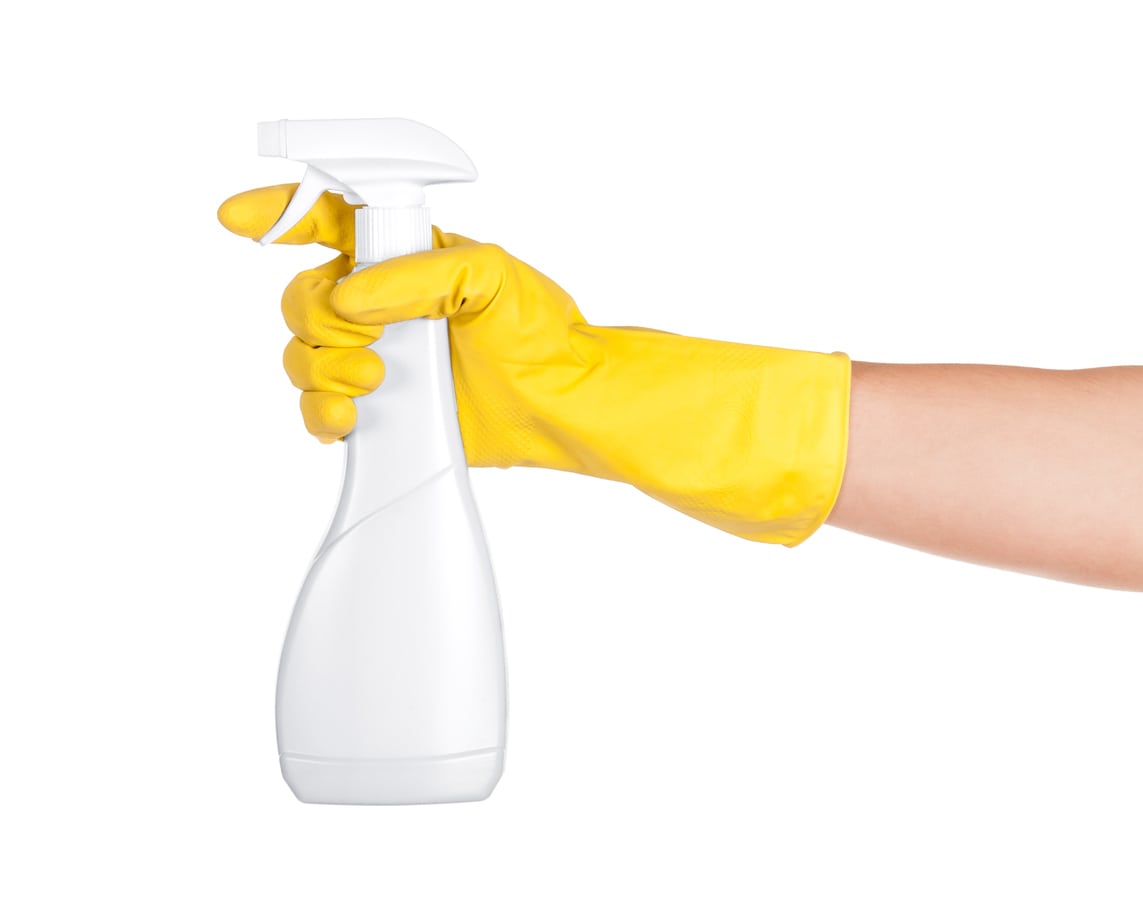Bactericide Information: Learn About Applying Bactericide To Plants


You may have seen bactericides recommended in horticultural publications or simply at your local garden center but what is bactericide? Bacterial infections can invade plants just as they can animals. Bactericides come in many forms and stop infections in plants. Some tips on when to use bactericide can help your plants stay in top health.
What is Bactericide?
It's not only animals that get bacterial problems. Plants can suffer from these tiny organisms too. There are beneficial bacteria that naturally occur and do things like break down organic matter and facilitate nutrient and moisture uptake. Just as you must take the good with the bad though, there are also destructive bacteria. Applying bactericide is often the necessary way to combat these villains of the garden. Bacteria can move quickly from plant to plant, especially in crop situations. Their effects vary but may be illustrated by cankers, wilt, foliar spots, and other symptoms. Applying bactericide at the first sign of disease can help reduce the spread. They are far more effective than the old method of just using antibiotics. Many bactericides are also blended with fungicides. This gives a broad spectrum control and also helps in cases where the pathogen is unknown. Copper is the most common additive to a bactericide.
When to Use Bactericide
If you suspect a bacterial infection in your plants, it is important to completely go over your chosen bactericide information to determine when and how to apply the product. In a perfect world, application should occur prior to infection. This is usually early in the growing season. The products are not very effective when plants are dormant because they need to travel into the vascular system of the plant to work. Dormant plants are essentially sluggish and translocation of the bactericides are not efficient. If early applications didn't occur, apply at the first sign of infection. Some products suggest several applications, especially where a fungicide action is also attached. This is because fungicides are not very stable.
How to Use Bactericides
There are several different applications for bactericides. Spraying is one method and allows for even coating of leaves and stems, which is especially helpful when combating a pathogen that is attacking these parts of the plant. Avoid spraying when rain is imminent and when the sun is blazing. The liquid can also be applied as a soil drench to go straight to the roots. Powder or granular applications are another method of introduction. These are worked into soil, around the root zone, and act systemically. In all cases, read all bactericide information included with the product so you know the manufacturer's recommendations. This will ensure the correct timing and application but also the amount to use if the product needs to be diluted.
Sign up for the Gardening Know How newsletter today and receive a free copy of our e-book "How to Grow Delicious Tomatoes".

Bonnie Grant is a professional landscaper with a Certification in Urban Gardening. She has been gardening and writing for 15 years. A former professional chef, she has a passion for edible landscaping.